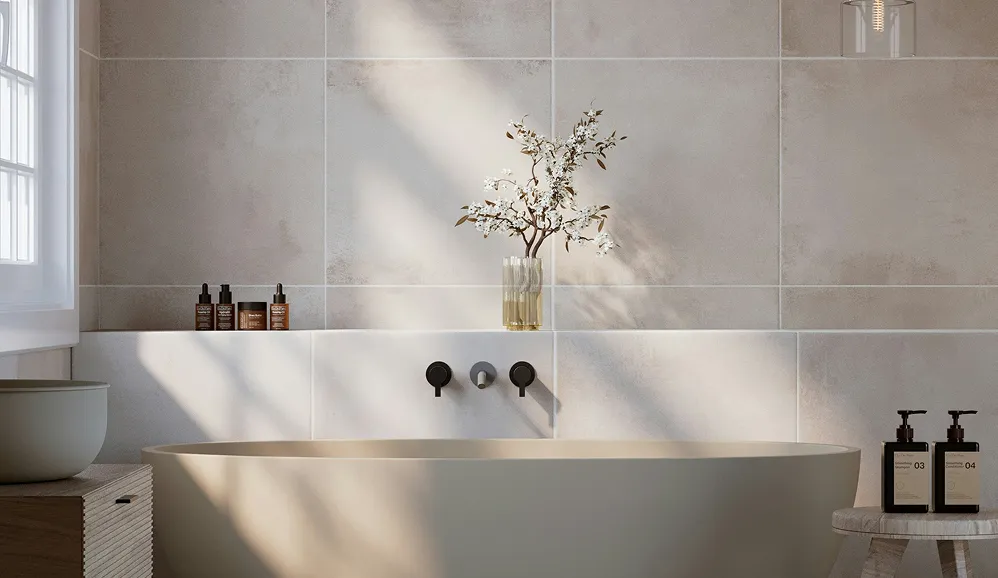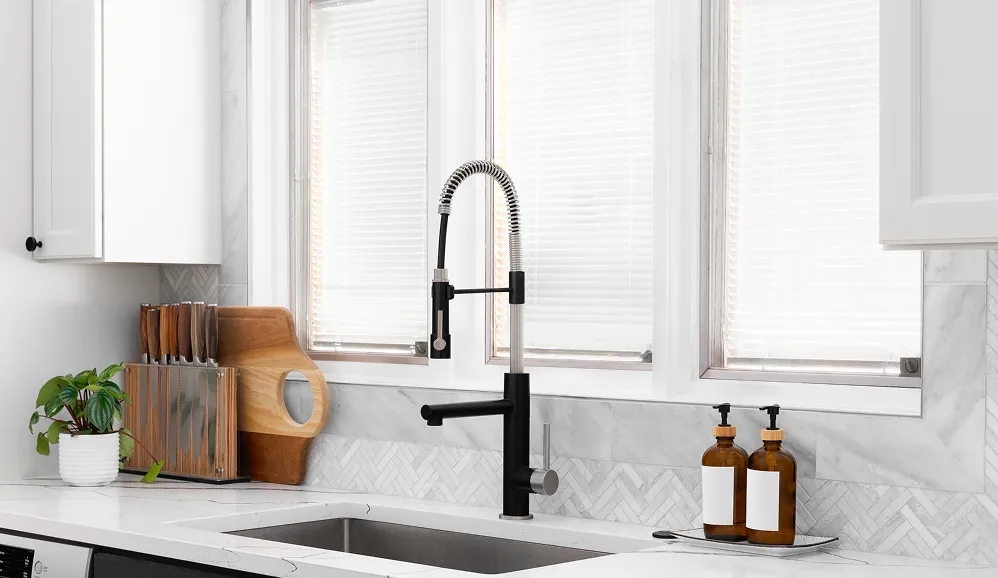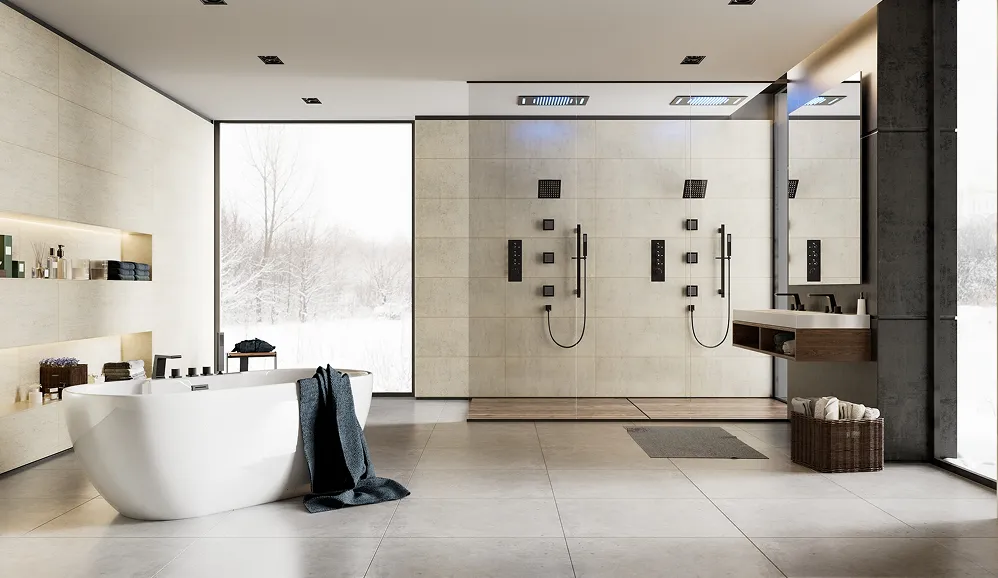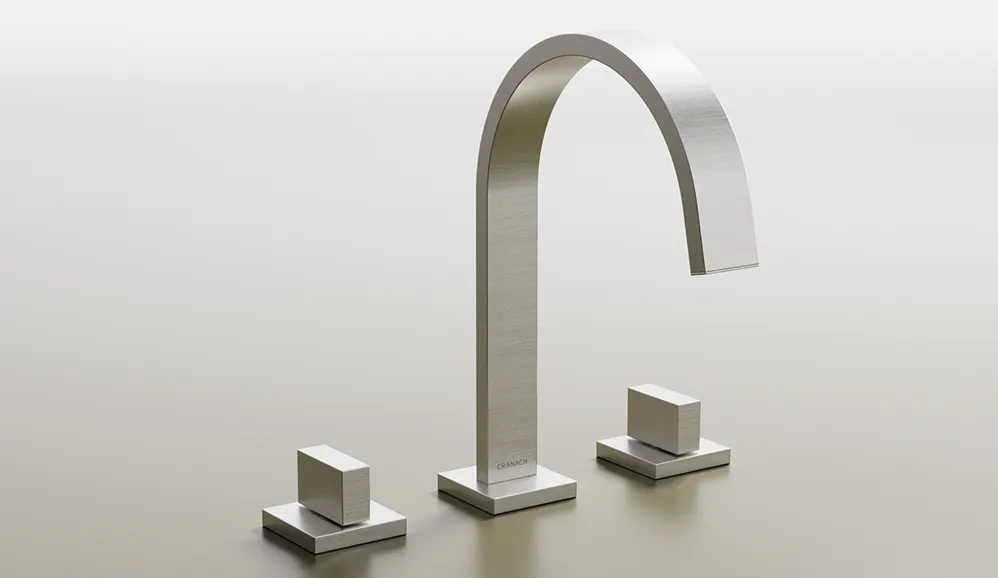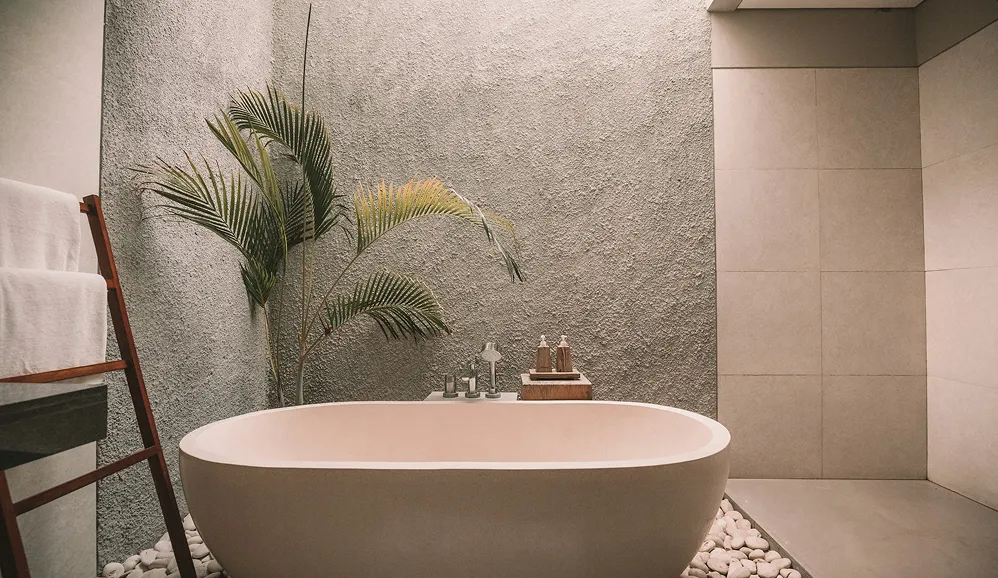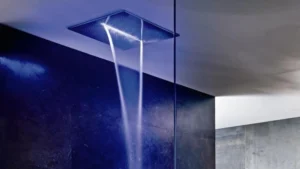Understanding Low Flow Shower Heads: The Smart Water Savers
Imagine a chef creating a delicious meal using half the ingredients. That’s what low flow shower heads achieve with water. They don’t just restrict flow; they cleverly manipulate it for a satisfying shower while conserving this precious resource.
These shower heads mix air with the water, creating a sense of fullness and pressure even with less water. Think of whipping cream: a small amount expands into a large, fluffy volume when mixed with air. Similarly, a low flow shower head uses air to create a satisfyingly dense spray.
Consistent Pressure and Innovative Nozzles
Pressure-compensating valves are key to the magic. They maintain consistent water pressure, even with fluctuations in your home’s plumbing. This solves the problem of fluctuating water temperature and pressure, particularly in homes with older plumbing or multiple bathrooms in use at the same time. The result is a steady, comfortable shower every time.
The nozzle design is another important factor. These aren’t just holes; they’re carefully engineered to optimize the spray pattern and droplet size. Some low flow shower heads use a pulsating spray, delivering bursts of water that feel more powerful than a continuous stream at the same flow rate. This creates a more invigorating shower experience without wasting water.
The Growing Popularity of Water Conservation
The interest in water conservation is growing rapidly. The global market for water-saving shower heads was valued at USD 952.03 million in 2024 and is projected to reach USD 1,263.36 million by 2032. This demonstrates a clear shift towards more sustainable bathroom practices. You can learn more about this expanding market here.
Many people believe that low flow equals low pressure. However, this is a common misconception. Many users actually prefer the experience of a well-designed low flow shower head to a traditional, high-flow model. If you’re interested in other shower head innovations, you might enjoy reading about how LED shower heads work: How Do LED Shower Heads Work? The Science Behind LED Light Therapy. These advancements prove that saving water doesn’t have to mean sacrificing a satisfying and enjoyable shower. In fact, it can enhance your shower comfort while being environmentally responsible.
Why Your Wallet and Planet Will Thank You: The Real Benefits
Imagine starting every day by filling up a bathtub, just for your eight-minute shower. Sounds excessive, right? That’s essentially what many households are doing with standard shower heads. But what if you could cut that water usage dramatically without sacrificing a satisfying shower? That’s the promise of a low flow shower head.
Saving Water, Saving Money
The impact on your wallet is one of the most compelling reasons to make the switch. Let’s break down a real-world scenario. A family of four, each taking a ten-minute shower daily with a standard 2.5 gallon-per-minute (GPM) shower head, uses a combined 100 gallons of water every single day just for showering!
Now, imagine swapping those out for 1.5 GPM low flow shower heads. Suddenly, that daily usage drops to 60 gallons – a whopping 40% reduction. That translates directly to noticeable savings on your water bill, and because you’re heating less water, your energy bill gets a break too. Depending on your local water rates, saving 10,000 gallons annually could put hundreds of dollars back in your pocket.
The Ripple Effect: Beyond Your Bathroom
The benefits extend far beyond your own finances. Reduced water consumption helps alleviate strain on municipal water systems, especially during peak usage. Think of it as contributing to a more robust and resilient water infrastructure for your entire community.
Less hot water also means less energy used to heat it, resulting in a smaller carbon footprint. Choosing a low flow shower head is a surprisingly effective way to contribute to a healthier planet. It’s a small change at home that makes a big difference overall. For more ideas on updating your bathroom, take a look at Bathroom Design Trends 2025.
A Choice for Today and Tomorrow
Switching to a low flow shower head isn’t just about saving money today; it’s an investment in a more sustainable future. It’s a tangible step towards responsible resource management, both for yourself and your community.
By making this simple upgrade, you’re joining a growing number of people who understand that small changes can have a powerful collective impact. The combination of financial and environmental benefits is making the low flow shower head an increasingly popular choice for homeowners looking to improve their bathroom and contribute to a healthier planet.
Decoding Standards and Ratings: Your Technical Roadmap
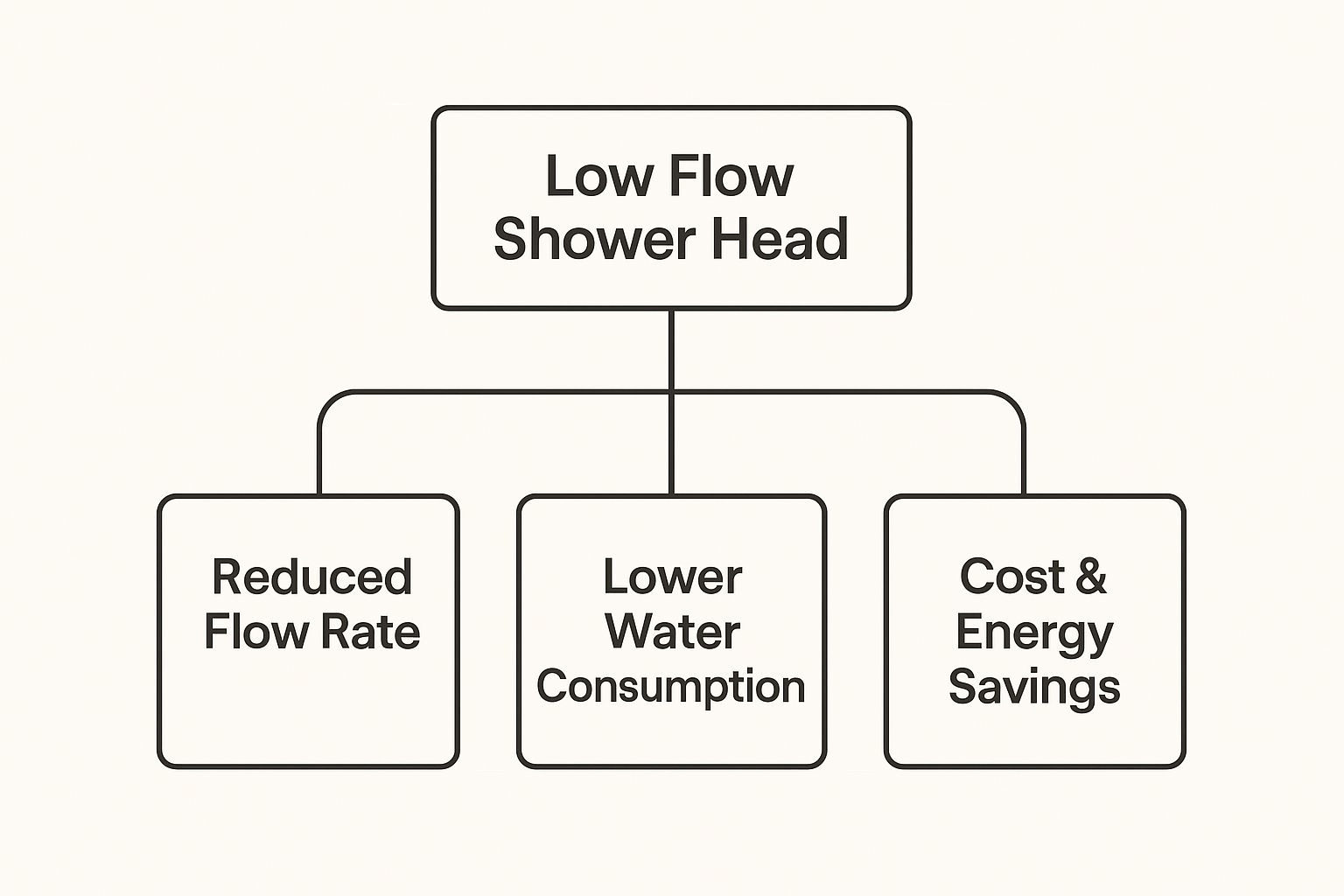
This infographic neatly lays out how choosing a low flow shower head leads to a ripple effect of benefits. Think of it like this: reducing your shower’s flow rate is the first domino. This leads to less water used overall, which then topples into significant savings on your water bill and even your energy bill (less hot water to heat!). The infographic visually represents this cascade, showing how a simple change can make a real difference for both your wallet and the environment.
Understanding the technical side of low flow shower heads helps you choose the perfect one for your home. Let’s start with gallons per minute (GPM). This is simply a measure of how much water flows out of the shower head each minute. Federal standards cap this at 2.5 GPM, but many low flow models go even further, offering 1.5 GPM or even less. This lower flow is the key to unlocking those water savings we talked about.
Understanding WaterSense Certification
Now, let’s talk about the WaterSense label. Think of this program, run by the EPA, as a seal of approval. It means the product meets strict water efficiency standards without compromising performance. So, a WaterSense-labeled low flow shower head gives you the best of both worlds: water savings and a satisfying shower.
Matching Efficiency With Your Needs
Different flow rates suit different needs and preferences. A 1.5 GPM shower head is a great choice if maximizing water savings is your top priority. If you have high water pressure or a busy household with multiple showers running, a 2.0 GPM option might be a better fit, offering a balance between conservation and a powerful shower experience.
To help you visualize the different options and their benefits, take a look at this comparison table:
Low Flow Shower Head Efficiency Standards Comparison
A comparison of different flow rates, their efficiency ratings, and typical performance characteristics
| Flow Rate (GPM) | Efficiency Level | Water Savings vs Standard | Best For |
|---|---|---|---|
| 1.5 | High | Up to 40% | Individuals, small households, maximizing water savings |
| 1.75 | Moderate | Up to 30% | Balancing water savings and performance |
| 2.0 | Standard Low Flow | Up to 20% | Households with higher pressure or multiple users |
| 2.5 | Standard (Federal Maximum) | Minimal Savings | Existing standard, not typically considered low flow |
As you can see, even a small reduction in flow rate can lead to significant water savings over time. Choosing the right GPM for your household will depend on your individual needs and priorities.
One final thought: it used to be that lower flow meant a less enjoyable shower. But technology has come a long way! Many of today’s low flow shower heads offer a shower experience that’s just as good as, if not better than, older, high-flow models. You might be surprised by the power and comfort you can get while saving water and money.
Finding Your Perfect Water-Saving Match: A Buyer’s Journey
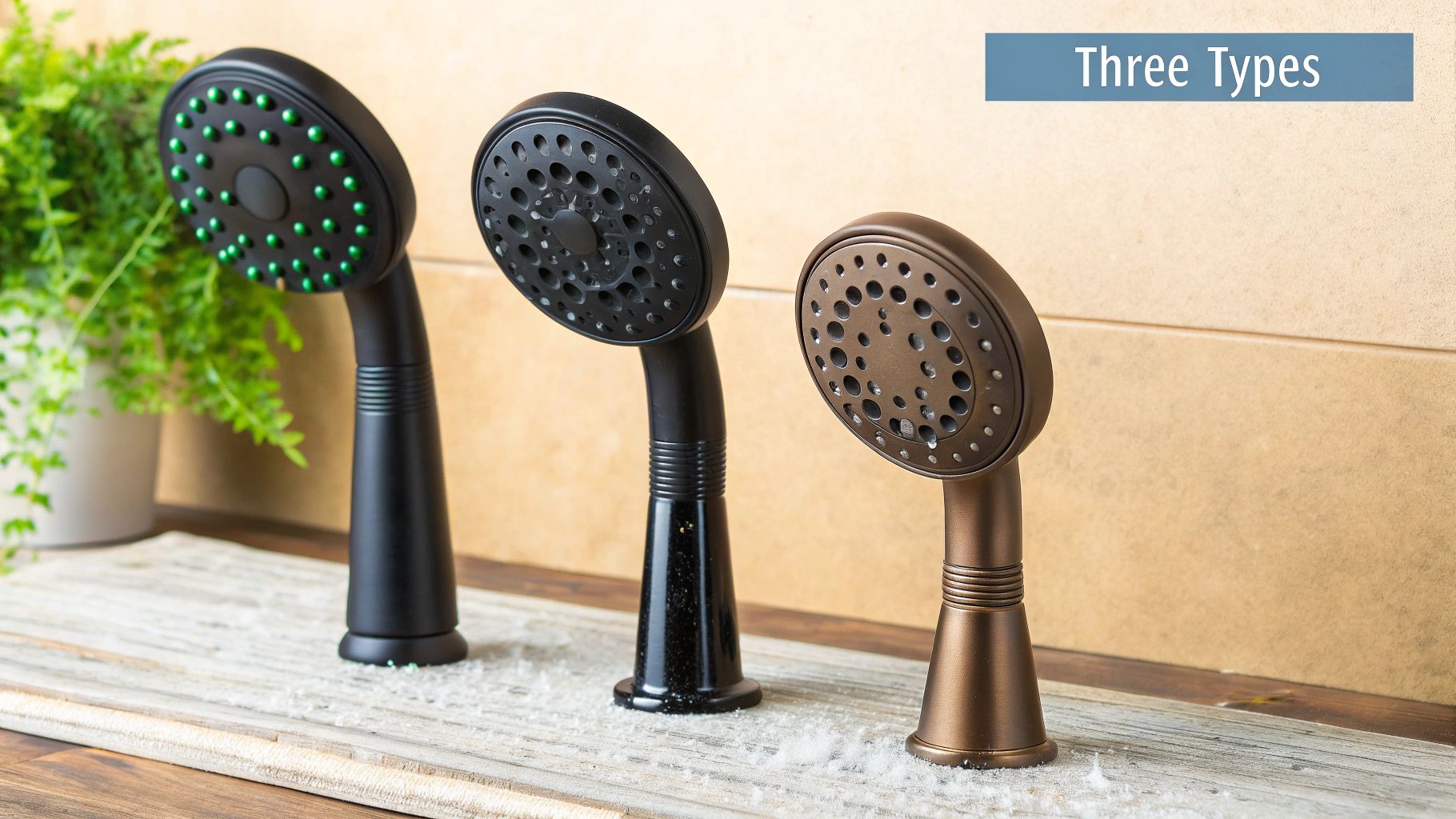
Choosing a low flow shower head is a deeply personal experience. It’s less about ticking boxes on a spec sheet and more about finding a fixture that truly elevates your daily shower ritual. Just like choosing the perfect coffee bean, the right shower head depends entirely on individual preferences and needs.
Exploring Spray Patterns and Your Shower Ritual
Imagine stepping into the shower. Do you envision a gentle, rain-like mist cascading over you, or a more invigorating, pulsating massage? Low flow shower heads offer a surprising diversity of spray patterns, from wide and soft to focused and powerful.
Some models even feature adjustable settings, giving you the power to customize your shower experience every single time. This flexibility ensures you find a shower head that perfectly complements your unique shower ritual, transforming a mundane task into a moment of personalized rejuvenation.
Material Matters: Durability and Design
The material of your shower head isn’t just about looks; it speaks volumes about its durability and longevity. Metal shower heads, crafted from robust materials like brass or stainless steel, offer superior resistance to corrosion and wear, promising years of reliable performance.
Plastic models, on the other hand, often come with a more attractive price tag but may not stand the test of time. Consider your bathroom’s overall design when choosing a finish. A polished chrome finish can add a touch of modern elegance, while brushed nickel whispers of timeless sophistication.
Addressing Real-World Challenges
Choosing a low flow shower head goes beyond simply considering GPM and spray patterns. It’s about understanding your unique circumstances and finding a solution that addresses real-world challenges.
Do you live in an area with hard water? If so, prioritize shower heads with features designed to combat mineral buildup. Have a family with diverse shower preferences? An adjustable shower head could be the key to domestic harmony.
Of course, budget always plays a role. While some low flow shower heads represent a larger initial investment, the long-term water and energy savings can significantly outweigh the upfront cost. The growth of the global low-flow showerhead market underscores this increasing consumer awareness. By 2025, the market was valued at approximately $2.5 billion, with projections reaching $4 billion by 2033. For a deeper dive into market trends, explore this insightful report: Low-Flow Shower Head Market Report.
Focusing on What Truly Matters
Ultimately, the “best” low flow shower head is the one that perfectly aligns with your individual needs and elevates your daily shower experience. By carefully considering factors like spray pattern, material, and addressing potential challenges like hard water, you can find the perfect match.
Don’t settle for a generic, one-size-fits-all solution. Invest the time to find a shower head that truly speaks to your unique situation. This thoughtful approach will not only lead to long-term satisfaction but also maximize the benefits of switching to a water-saving, eco-conscious shower experience.
Installation Success: From Unboxing To First Shower
Installing your new low flow shower head is generally a simple process. Think of it like putting together a small bookcase – much less complicated than setting up a new smart TV. With a little preparation, you can avoid any hiccups and enjoy a perfect shower right away.
Gather Your Tools and Prepare
Before you start, gather a few essential items: adjustable pliers, Teflon tape, and a soft towel. The pliers give you the grip you need, the Teflon tape ensures a watertight seal, and the towel protects your shower’s finish. The first, and most important, step is to turn off the water to your shower. This prevents any surprise showers and keeps your workspace dry.
Step-by-Step Installation
- Remove the Old Shower Head: Carefully unscrew the existing shower head using your pliers. If it’s stuck, try wrapping it with the towel for a better grip.
- Clean the Shower Arm: Wipe the threads of the shower arm to remove any old Teflon tape or debris. A clean surface is key for a secure, leak-free connection.
- Apply Teflon Tape: Wrap the shower arm threads clockwise with Teflon tape, overlapping three to four times. This creates the essential seal that prevents leaks.
- Attach the New Shower Head: Screw the new low flow shower head onto the shower arm, tightening it by hand first. Finish by gently tightening with your pliers, being careful not to overtighten.
Troubleshooting and Testing
After installation, slowly turn the water back on. Inspect the connection for any leaks. If you notice dripping, tighten the connection slightly with your pliers. If leaking continues, remove the shower head, clean the threads, reapply Teflon tape, and reattach, ensuring a snug fit.
Let the shower run for a few minutes to check the water pressure and spray pattern. If the pressure seems low, check the shower hose (if you have one) for kinks or look for mineral buildup inside the new shower head. If you’re concerned about the complexity of your plumbing, you might find this helpful: Faucet Installation Cost.
When To Call a Plumber
While installing a low flow shower head is usually a DIY project, sometimes you need a professional. If you encounter unusual threading, a particularly stubborn connection, or suspect a bigger plumbing problem, it’s wise to call a qualified plumber. They have the experience and specialized tools to handle more complicated installations and fix any underlying issues, ensuring a safe and correct setup and preventing future problems. Following these steps and addressing any issues promptly will lead to a smooth and successful installation of your new low flow shower head.
Keeping Peak Performance: Maintenance That Actually Works
A well-maintained low flow shower head can feel luxurious for years, but a neglected one can quickly become a source of frustration. Think of it like a finely tuned instrument – regular care keeps it playing beautiful music, while ignoring it leads to a cacophony of splutters and sprays. Thankfully, keeping your low flow shower head singing requires only a few minutes of regular attention.
So, let’s dive into how you can keep your shower head performing at its best, saving water and money along the way.
Spotting the Early Warning Signs
Much like a conductor can hear a single off-key note in an orchestra, you can spot the early signs of trouble with your shower head. Is mineral buildup clogging the nozzles, leading to a weak or uneven spray – like a chorus where only half the singers showed up? Is your shower pressure gradually declining, leaving you feeling like you’re standing under a leaky faucet rather than a refreshing cascade? Addressing these issues early prevents bigger headaches (and plumbing bills) down the line.
These subtle clues are your shower head’s way of asking for a little TLC.
Simple Cleaning for Lasting Performance
Regular cleaning is the key to preventing mineral buildup, the most common culprit behind low flow shower head woes. If you live in a hard water area (where the water has a high mineral content), imagine your shower head slowly turning into a miniature limestone cave. To combat this, consider soaking your shower head in white vinegar every few weeks. This simple solution acts like a gentle chisel, effectively dissolving mineral deposits and restoring full flow and spray pattern consistency. For less frequent cleaning, a quick wipe-down of the nozzles with a vinegar-soaked cloth can also work wonders.
Think of it as a spa day for your shower head.
A Maintenance Schedule That Works
Just like a regular tune-up keeps your car running smoothly, a regular maintenance schedule is vital for your low flow shower head’s long-term performance. It doesn’t need to be complicated – a quick monthly cleaning is usually sufficient for soft water areas, while those with hard water might benefit from a more frequent bi-weekly routine. Consistency is key!
To help you stay on track, we’ve put together a handy maintenance schedule:
To help you stay on track, we’ve created a handy maintenance schedule:
Low Flow Shower Head Maintenance Schedule
A comprehensive maintenance timeline with specific tasks and their recommended frequencies
| Maintenance Task | Frequency | Time Required | Tools Needed |
|---|---|---|---|
| Wipe nozzles with damp cloth | Weekly | 1 minute | Soft cloth |
| Vinegar soak (hard water) | Bi-weekly or Monthly | 30 minutes | White vinegar, container |
| Check for leaks and adjust spray | Monthly | 2 minutes |
This table provides a clear overview of the necessary maintenance tasks, their frequency, the time commitment involved, and any required tools. Regular attention to these simple tasks will ensure your shower head continues to perform optimally.
Troubleshooting and Repairs
Even with the best care, occasional hiccups can occur. If you notice a drop in water pressure, check out our guide on how to increase shower water pressure. A clogged shower head can often be revived with a vinegar soak. Sometimes, a small component might need replacing, like a worn-out O-ring. In most cases, these repairs are simple, inexpensive, and can be done without calling in a professional plumber.
It’s all about knowing when to tinker and when to trade up. If your low flow shower head is consistently underperforming despite regular maintenance, it might be time for a new one. Just like a well-loved pair of shoes, sometimes it’s more economical to replace than to keep repairing. By following these simple maintenance tips and addressing any problems promptly, you can ensure your low flow shower head delivers years of satisfying, water-saving showers. Enjoy!
What’s Next: Innovation and Future Trends
The world of shower technology is always changing. Things that once felt like science fiction, like a shower head that automatically adjusts to your preferences, are becoming reality.
Smart Showers and Personalized Experiences
Imagine a smart flow sensor in your low flow shower head. It adjusts the water pressure and temperature to your liking. Maybe you prefer a gentle rain shower in the morning and a stronger spray at night. Smart sensors could remember these preferences and adjust automatically.
Some companies are developing app-connected systems that track water usage. This gives you real-time feedback on your conservation efforts, turning saving water into a game of optimization. Learn more about the latest shower trends in The Wellness Shower: A Unique Approach To Cleansing The Body.
Advanced Aeration and Water Efficiency
Beyond smart technology, aerating technologies can make low flow shower heads even more efficient without sacrificing your shower experience. Think of it like adding tiny bubbles to the water stream, making it feel fuller even with less water.
This focus on innovation reflects larger market trends. Consumers want personalized experiences and products that align with their values. The shower head market is expected to reach USD 20.41 billion by 2030, growing at a CAGR of 7.4% from 2025 to 2030. This growth is driven by technology and the rising demand for eco-friendly products. You can find more about the market’s future here. Stricter water efficiency standards are also pushing innovation in the industry.
Separating Genuine Value from Marketing Hype
Not every new feature is truly valuable. Some are just clever marketing. It’s important to look closely at these new technologies and understand what they really offer. Does a feature actually improve your shower and save water, or is it just a gimmick? Asking these questions helps you make smart purchases that fit your needs and values. Investing in truly valuable innovations benefits both your home and the environment.
Ready to experience the benefits of a Cranach low flow shower head? Explore our water-saving solutions at Cranach bath and kitchen.

